Canon EOS Rebel SL3 Digital SLR Camera with EF-S 18-55mm Lens kit, Built-in Wi-Fi, Dual Pixel CMOS AF and 3.0 Inch Vari-Angle Touch Screen, Black
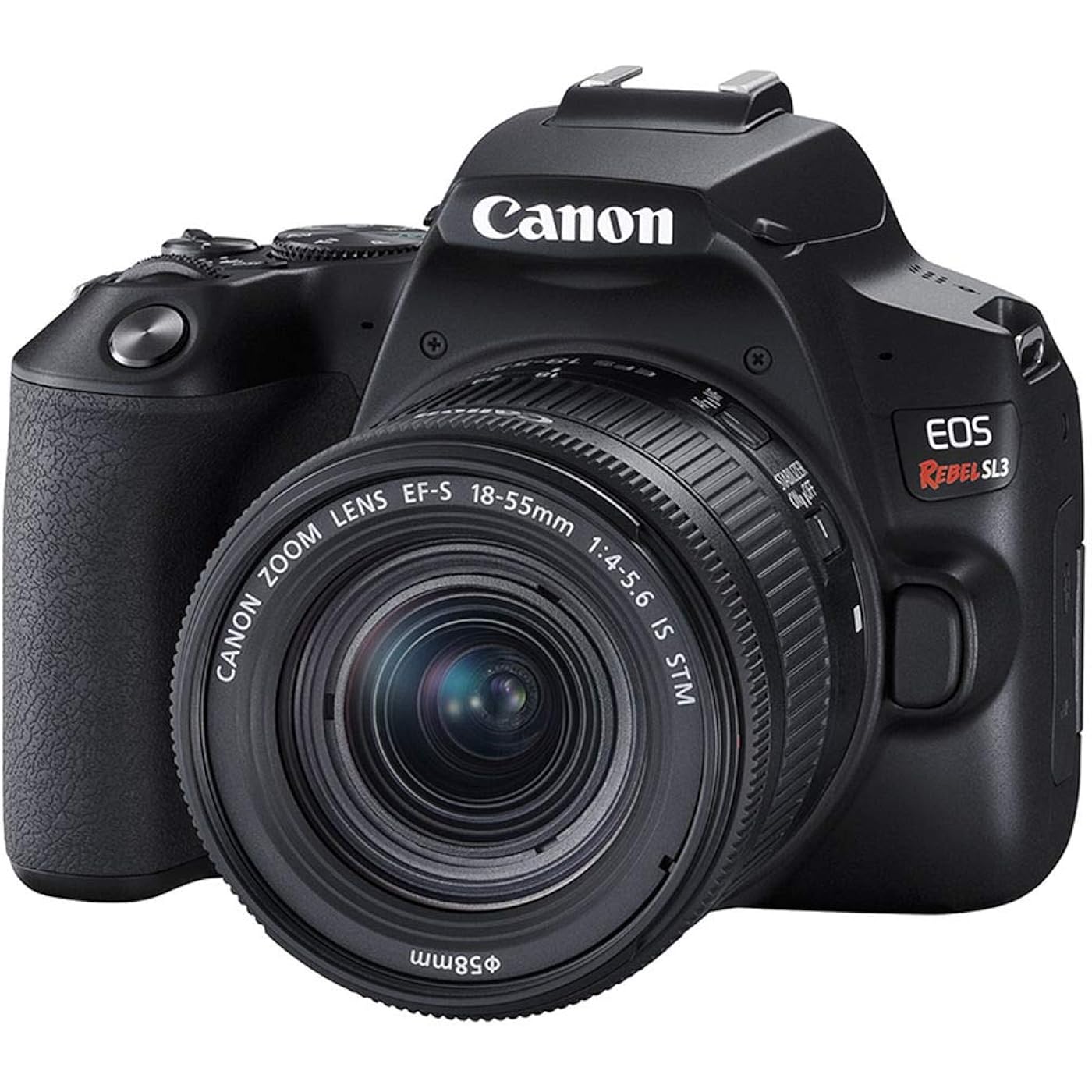
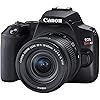

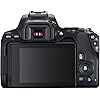


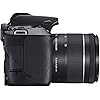
Buy Now, Pay Later
- – Up to 36-month term if approved
- – No impact on credit
- – Instant approval decision
- – Secure and straightforward checkout
Ready to go? Add this product to your cart and select a plan during checkout.
Payment plans are offered through our trusted finance partners Klarna, Affirm, Afterpay, Apple Pay, and PayTomorrow. No-credit-needed leasing options through Acima may also be available at checkout.
Learn more about financing & leasing here.
Selected Option
Returnable until Jan 31, 2026 Learn more
To qualify for a full refund, items must be returned in their original, unused condition. If an item is returned in a used, damaged, or materially different state, you may be granted a partial refund.
To initiate a return, please visit our Returns Center.
View our full returns policy here.
Recently Viewed
Color: Black
Style: 18-55mm STM Kit
Set: Base
Features
- Mounting type: Bayonet
- Turn your Canon camera into a high-quality webcam
- Viewfinder type: Optical
- Product type :CAMERA DIGITAL
Description
Whether you’re a first time SLR user, an aspiring photo enthusiast, or someone looking to capture those amazing family moments, the Canon EOS Rebel SL3 can be the perfect companion. It’s the smallest and lightest EOS DSLR camera to date, and is equipped with 4K recording capability, Canon’s dual Pixel CMOS AF, and a Vary-Angle LCD for selfies and fun angles. With a 24. 1 Megapixel CMOS (APS-C) sensor, DIGIC 8 image processor to help produce high image quality, and fun options like 4K time-lapse movies, and creative assist, the EOS Rebel SL3 makes it simple to get great photos and videos to view and share. Among current lineup, as of April 10, 2019.
Compatible Mountings: Canon EF-S
Aspect Ratio: Unknown
Photo Sensor Technology: CMOS
Supported File Format: JPEG, Raw
Image Stabilization: Digital
Maximum Focal Length: 55 Millimeters
Expanded ISO Minimum: 100
Metering Description: Center-Weighted Average, Evaluative, Partial, Spot
Brand: Canon
Model Name: EOS REBEL SL3 (BK) + EF-S18-55mm f/4-5.6 IS STM kit
Product Dimensions: 2.7 x 4.8 x 3.6 inches
Item Weight: 2.17 pounds
Item model number: 3453C002
Batteries: 1 Lithium Ion batteries required. (included)
Date First Available: April 10, 2019
Manufacturer: Canon
Frequently asked questions
To initiate a return, please visit our Returns Center.
View our full returns policy here.
- Klarna Financing
- Affirm Pay in 4
- Affirm Financing
- Afterpay Financing
- PayTomorrow Financing
- Financing through Apple Pay
Learn more about financing & leasing here.




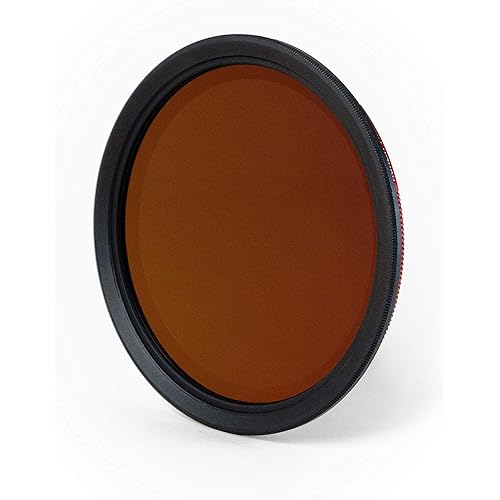













![Canon PowerShot Digital Camera [G7 X Mark II] with Wi-Fi & NFC, LCD Screen, and 1-inch Sensor - Black, 100-1066C001](https://m.media-amazon.com/images/I/81ap5aHOZdL._AC_US500_.jpg)





